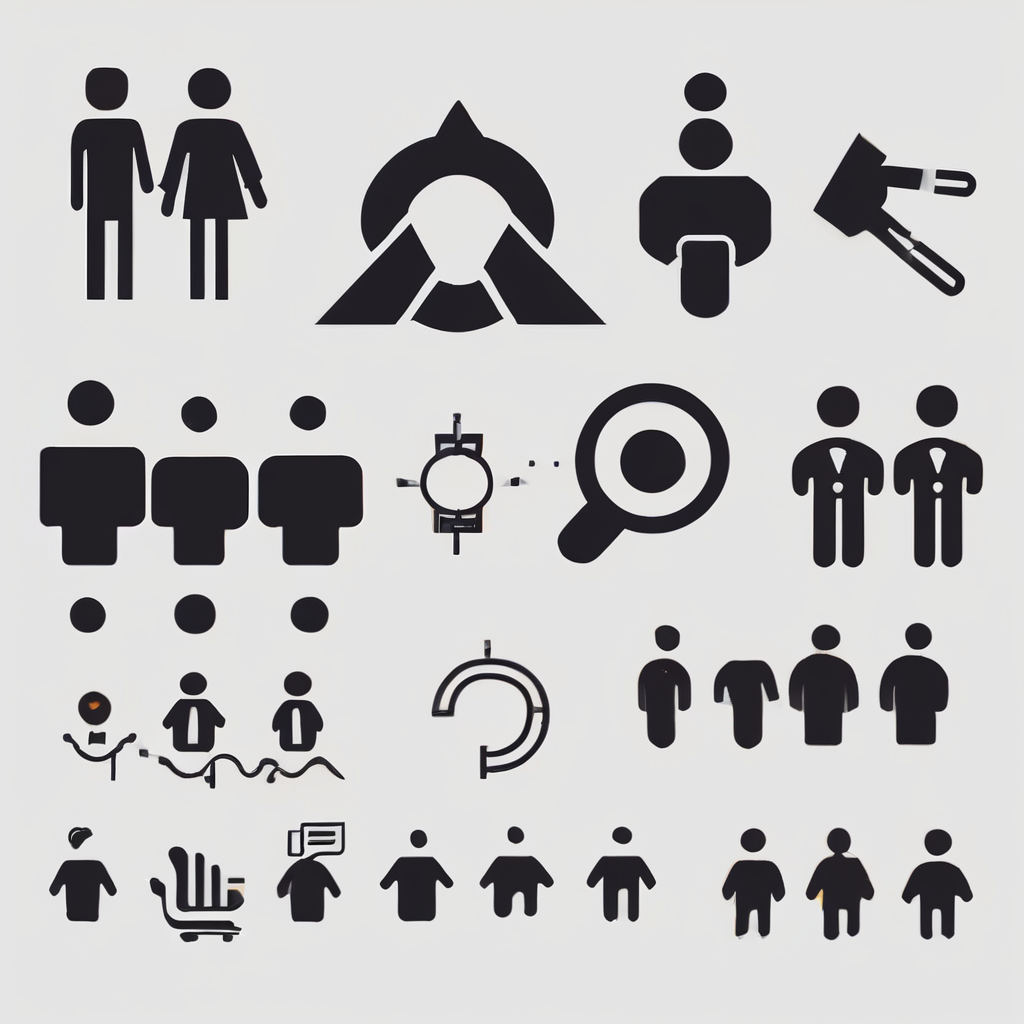Versatile logo mockup designs transform simple concepts into compelling presentations. They offer an easy yet powerful way to showcase your creativity and elevate your branding projects. By choosing adaptable templates, you gain flexibility to customize and impress clients with realistic visuals that highlight your logo’s true potential.
Essential Free and Premium Logo Mockup Resources for Professional Branding
Reliable Access to Mockups for Every Project
When presenting a new brand identity, experience the versatility of logo mockup designs by leveraging an extensive range of high-quality, editable resources. Instant access to these mockups is essential for designers looking to impress clients and stakeholders with photorealistic visuals. Both free and premium offerings are plentiful—common file formats like PSD for Photoshop and AI for Illustrator dominate, ensuring compatibility and easy edits. Whether you need embossed textures, metallic foil effects, or 3D realism, today’s libraries empower you to find the perfect fit without technical hurdles.
In parallel : What Are the Latest Marketing Trends Transforming UK Businesses?
Main Platforms and File Types Available
Platforms provide downloadable free logo mockup resources in diverse styles. These range from classic papers and elegant business cards to innovative glass, fabric, and metal textures. Online mockup generators streamline the process, requiring only a simple drag-and-drop action for previewing logos on various surfaces, such as apparel or signage. Many templates arrive layered, allowing designers to adjust backgrounds, shadows, and highlights to match brand guidelines precisely. Editable files support rapid customization, elevating presentations whether for pitches, portfolio showcases, or digital brand kit previews.
User-Friendly and Flexible Design Workflows
Customization remains straightforward for most modern tools. Look for templates with well-organized layers labeled for text, logo objects, and effects. Formats like PSD and AI not only enable advanced photo-realistic shadowing but also make it effortless to tweak colors, add gloss, or apply creative overlays. Regardless of your experience level, these solutions help you generate professional visuals while saving time—critical for designers handling multiple brand applications or quick client revisions.
Also read : What Are the Latest Marketing Trends Transforming UK Businesses?
Mockup Varieties and Realistic Presentation Techniques
Popular presentation styles: paper, metal, glass, wall, and digital screens
Logo placement on various surfaces demands adaptable files and creative strategies. Choose from photo-realistic 3D logo renderings, metal and chrome emblem displays, or gold foil stamping effects for maximal impact. Wall-mounted logo simulations replicate real-world business signage, while digital and web-based logo preview tools showcase branding for screens and apps.
Glass and transparent surface logo reflections enhance clarity and sophistication, particularly when paired with light and shadow effects for authenticity. Achieve a realistic embroidery logo display using high-quality texture mapping or opt for layered Photoshop mockup file usage for control over depth and gloss.
Material-based mockups: fabric, leather, wood, stone, and premium finishes
Apparel and fabric branding mockups, such as those for caps or shirts, are perfect for realistic embroidery logo display and stitched and embossed logo textures. Leather and fabric texture applications bring logo branding presentation to life in lifestyle or premium branding presentations. Wood, stone, and metallic foil stamping simulations are ideal for product packaging logo applications and signage and storefront logo replicas, appealing to both traditionalists and modernists.
3D visualization and advanced effects for dynamic, realistic branding
Photo-realistic 3D logo renderings, multi-angle 3D logo views, and logo animation preview concepts give depth and movement to any branding stationary logo setups. Use mockup generator tools and software to experiment with creative logo placement ideas, with the flexibility to apply logo in environmental contexts or introduce neon-style logo presentations for dramatic flair.
For luxury and premium branding presentations, gold foil stamping effects, glass and transparent surface logo reflections, and high-detail 3D effects for logos elevate the brand presence while maintaining consistency across mockup template marketplaces. This multifaceted approach empowers strong, visually engaging corporate identity logo staging.
Customizing and Enhancing Logo Mockups with Design Software
Step-by-step instructions for editing downloadable mockups (PSD, AI)
Using a Photoshop mockup file or an Adobe Illustrator (AI) template starts with preparing logo files for mockups by reviewing format compatibility—PSD for raster and AI for vector logos. Open your mockup, then identify smart object layers in Photoshop for easy logo insertion. Double-click the smart layer, place your branded design, save, and return to see it in context. For PSD layer management for logos, group related elements, clearly label each layer, and lock backgrounds to streamline workflow during logo scaling and ratio adjustments.
Switching to Illustrator, use layers to organize your assets. Import your logo file, adjust scale, and ensure it preserves clarity—this is particularly significant for vector versus raster logo mockups where vectors allow wider resizing without loss.
Tips for achieving realism: scaling, shadowing, layering, and color application
Maximize realism with mockup resolution and quality tips: keep logos at native or higher resolution, use non-destructive scaling, and always preview at 100%. Layering and mask techniques in mockups let you add shadows or highlights, simulating depth. Adjust opacity and blending modes for natural integration, and choose brand-aligned color overlays to harmonize your logo with mockup environments.
Advanced techniques: combining logos, text, and brand elements across surfaces
Explore creative logo placement ideas by positioning logos on multiple surfaces such as signage, apparel, and packaging within one file. Balance elements for cohesive branding with proper logo scaling and ratio adjustments, maintaining professional alignment and visual flow. Use vector versus raster logo mockups selectively, matching project needs for sharpness and adaptability. This method strengthens brand impact across a variety of professional mockup scenarios.
Best Practices, Licensing, and Portfolio Integration
Ensuring brand consistency and professionalism in mockup usage
Brand consistency in mockup usage is vital for a memorable logo branding presentation. Always align color schemes, scaling, and lighting effects across all mockup review and feedback methods to reinforce the brand identity. Consistent use of mockup branding for startups helps establish trust and coherence, especially when showcasing logos on varied surfaces—paper, fabric, and digital screens. Incorporating logo branding presentation techniques, such as photo-realistic 3D logo visualization techniques and professional mockup for multiple logos in one design, underscores professionalism and strengthens a company’s public image.
Understanding usage rights and licensing for free versus premium templates
Proper awareness of mockup licensing and usage rights prevents legal complications. Free editable mockup templates frequently come with usage limitations—read their terms to confirm if commercial or portfolio use is permitted. For premium templates, licensing typically grants broader rights, safeguarding your logo branding presentation and enabling unrestricted use in mockup review and feedback methods. This distinction is especially important for startups seeking enduring mockup branding for startups and reliable mockup for multiple logos in one design.
Incorporating mockups into portfolios and client presentations for impact
Effective portfolio logo showcase ideas involve creative application of diverse logo branding presentation formats—wall-mounted logo simulations, digital previews, embossed textures, and mockup for multiple logos in one design. When preparing pitches for clients, use best practices for logo presentation: highlight project context, show before/after, employ realistic 3D logo visualization techniques, and document feedback cycles through clear mockup review and feedback methods to communicate expertise and professionalism.



